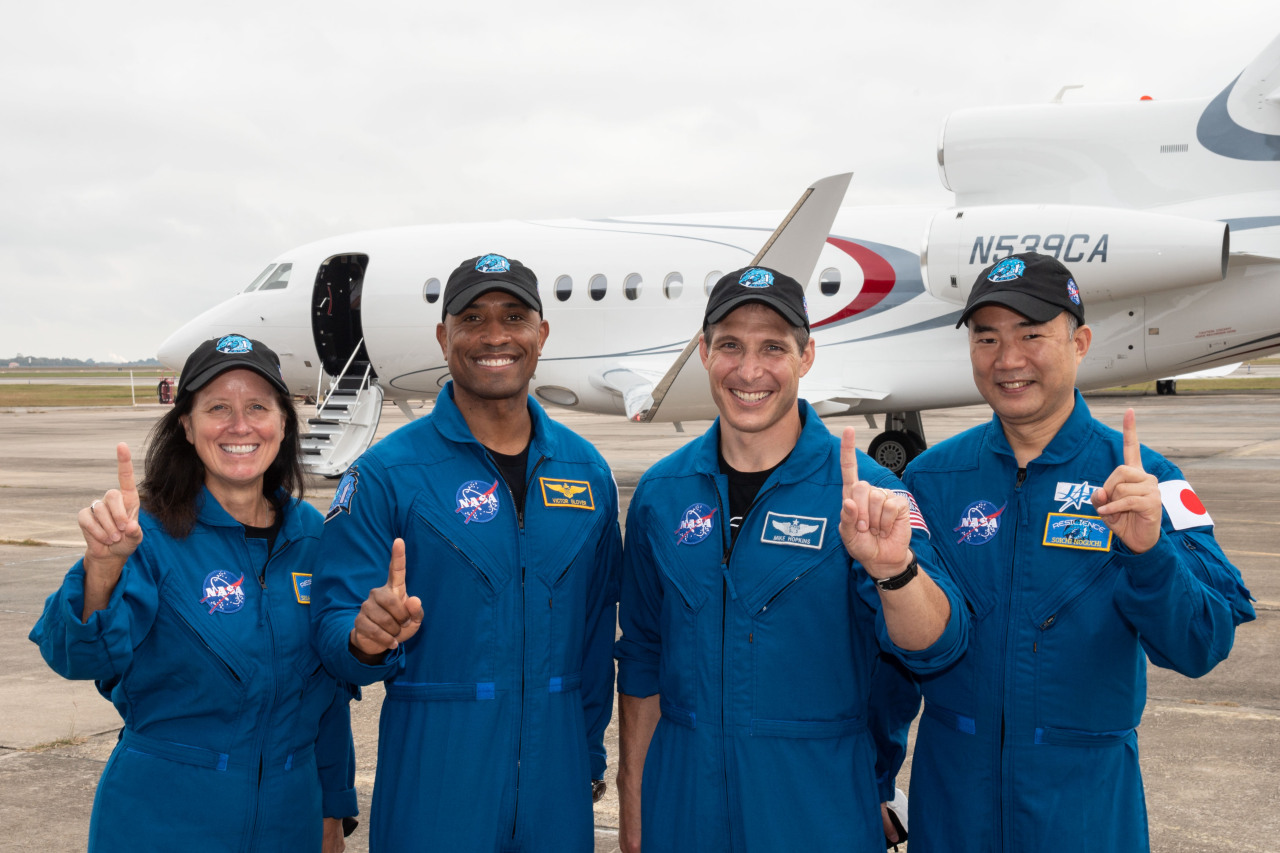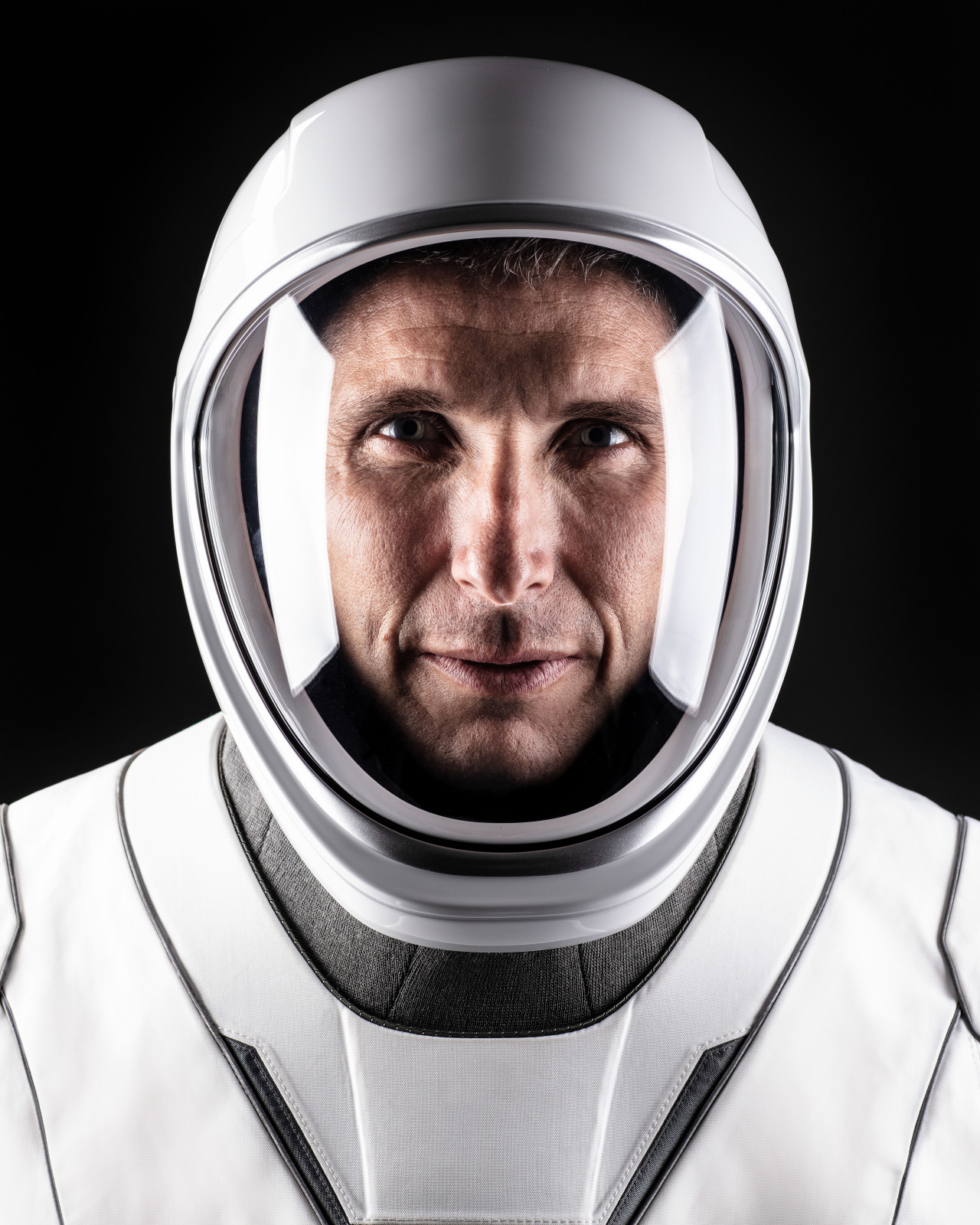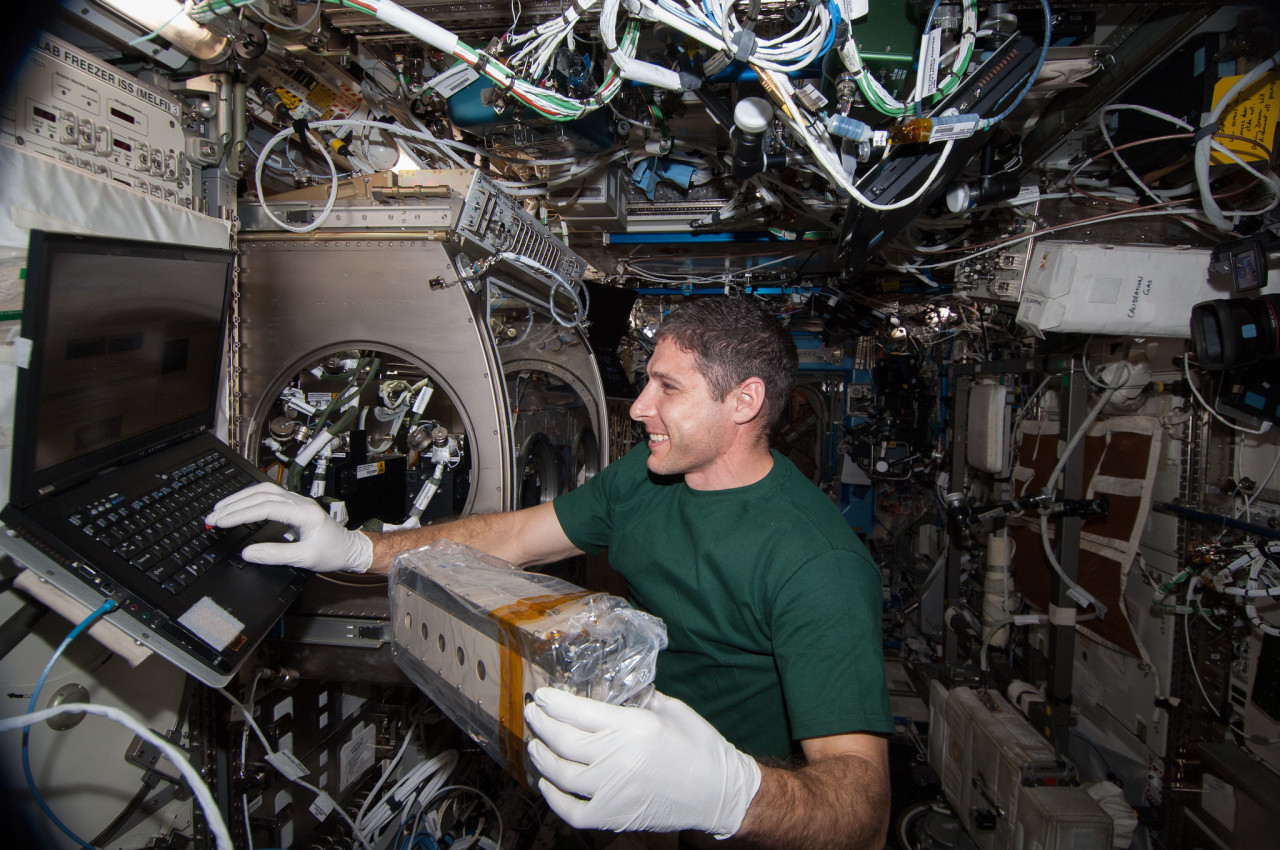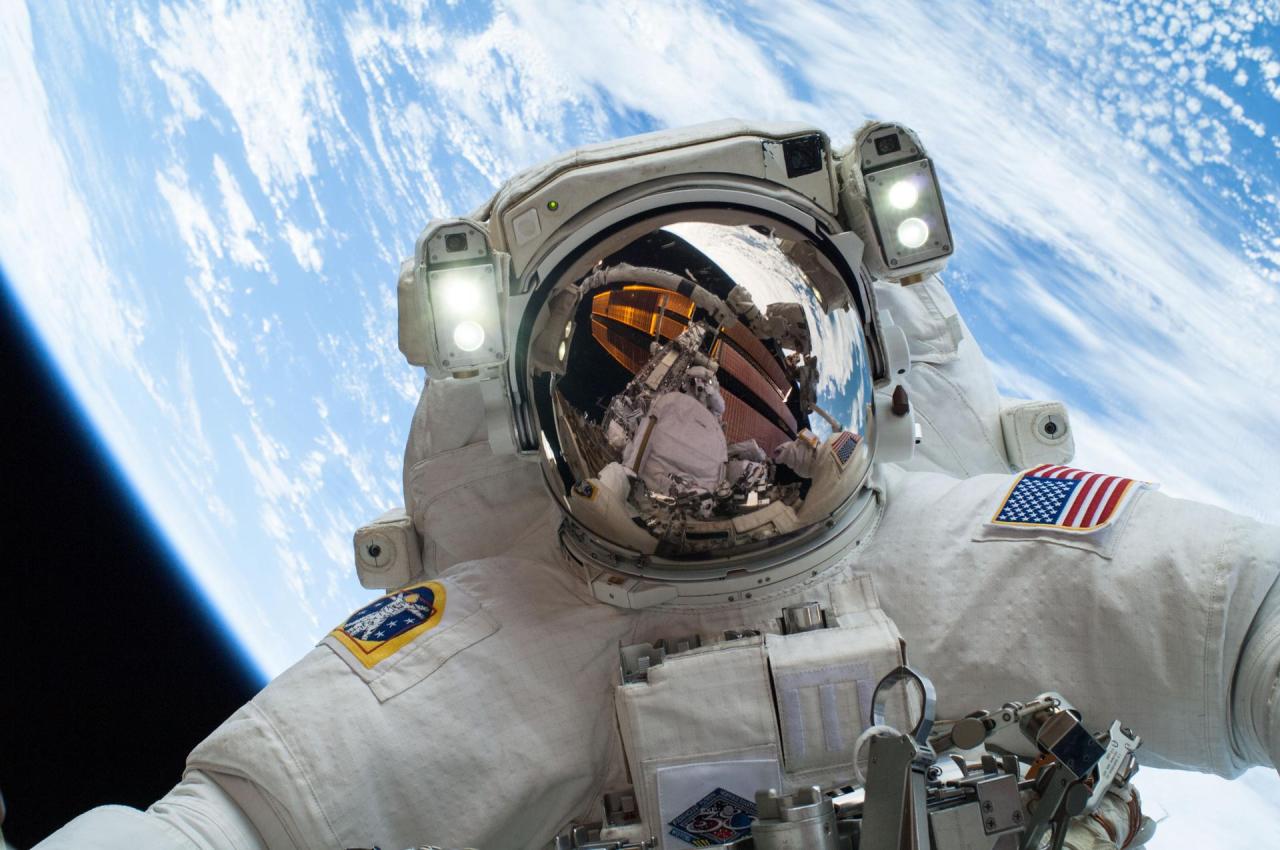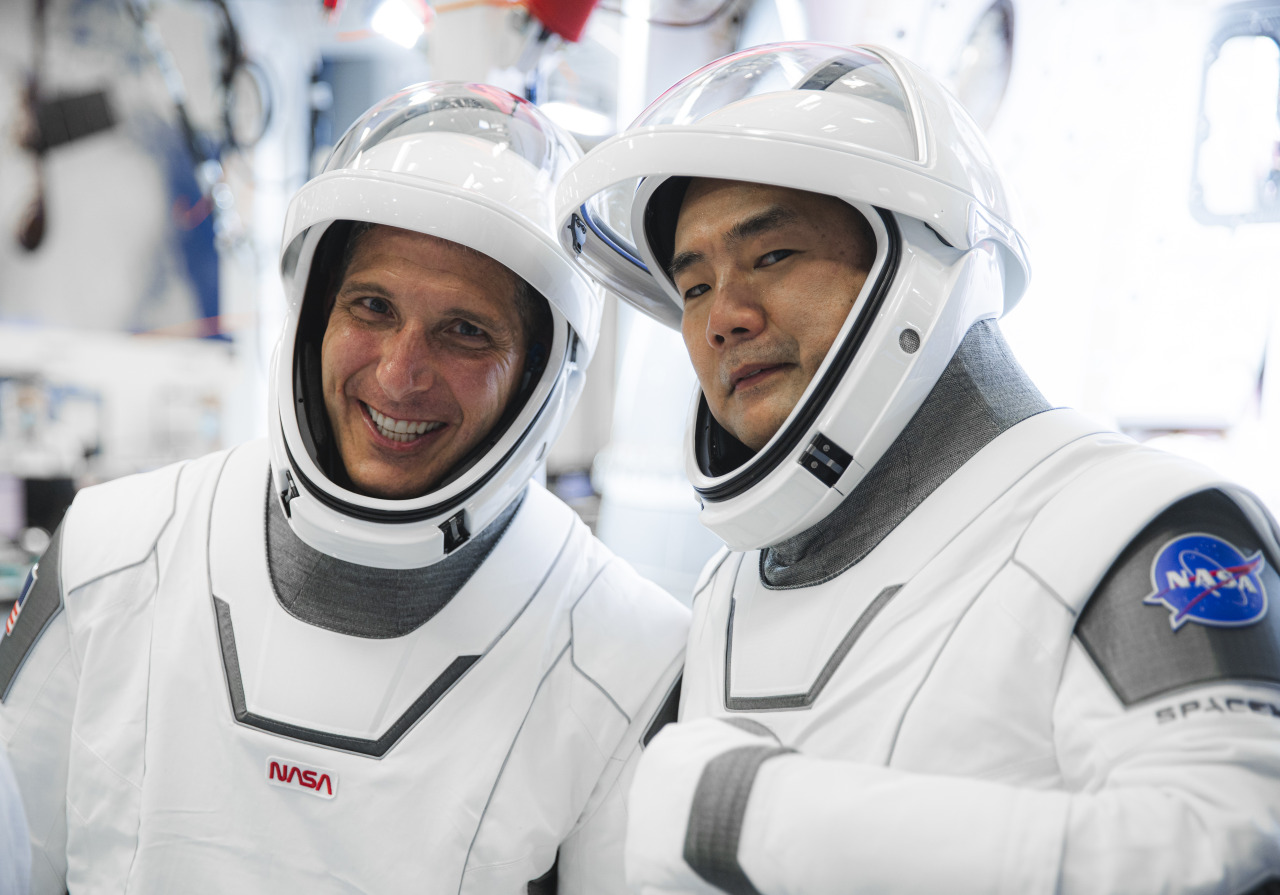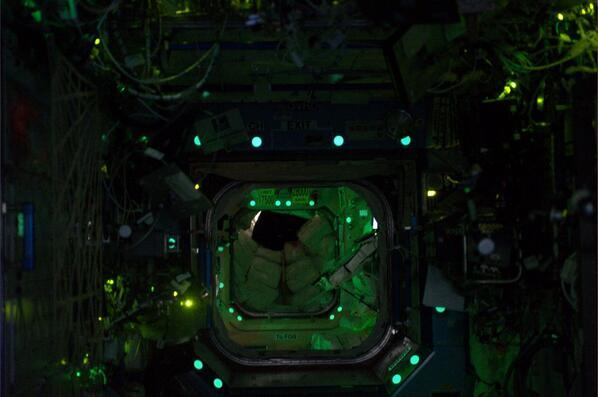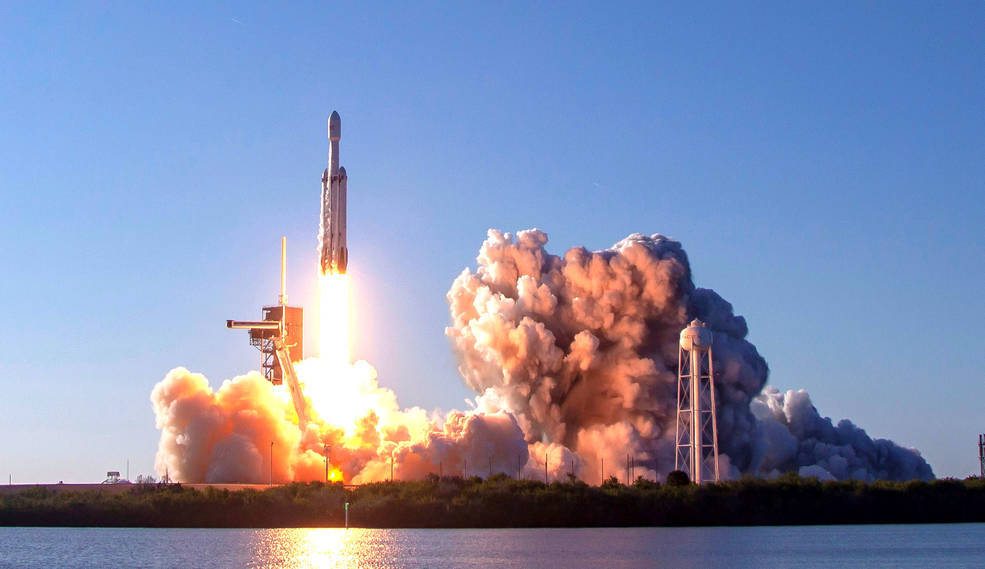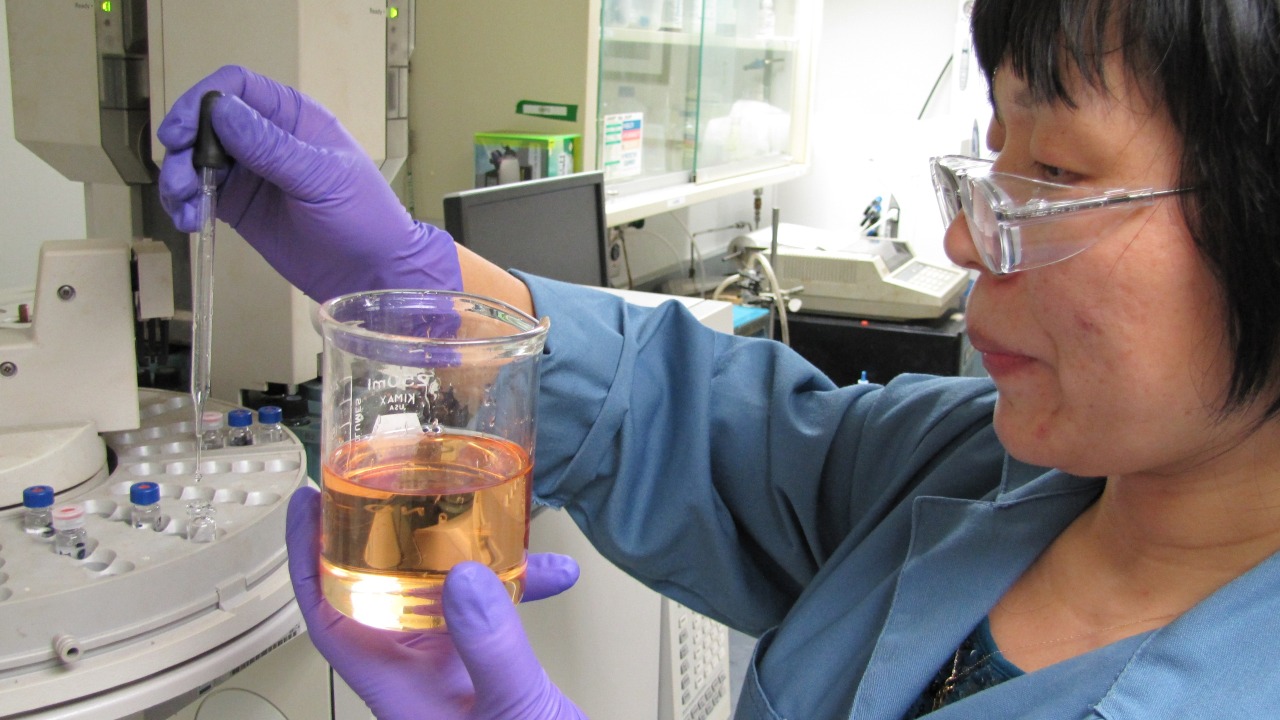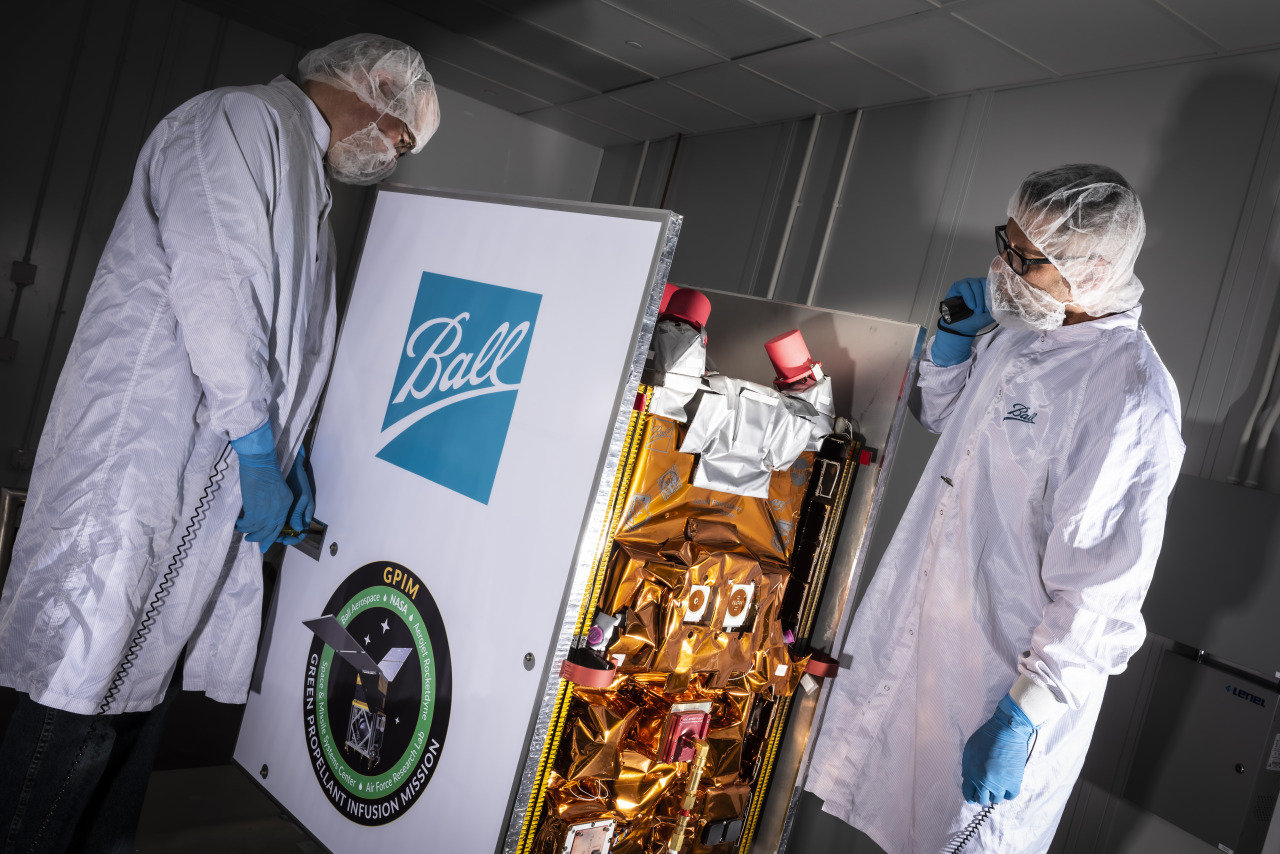Science-Heavy SpaceX Dragon Headed to Space Station
Heads up: a new batch of science is headed to the International Space Station aboard the SpaceX Dragon on April 2, 2018. Launching from Florida’s Cape Canaveral Air Force Station atop a Falcon 9 rocket, this fire breathing (well, kinda…) spacecraft will deliver science that studies thunderstorms on Earth, space gardening, potential pathogens in space, new ways to patch up wounds and more.
Let’s break down some of that super cool science heading 250 miles above Earth to the orbiting laboratory:
Sprites and Elves in Space
Atmosphere-Space Interactions Monitor (ASIM) experiment will survey severe thunderstorms in Earth’s atmosphere and upper-atmospheric lightning, or transient luminous events.
These include sprites, flashes caused by electrical break-down in the mesosphere; the blue jet, a discharge from cloud tops upward into the stratosphere; and ELVES, concentric rings of emissions caused by an electromagnetic pulse in the ionosphere.
Here’s a graphic showing the layers of the atmosphere for reference:
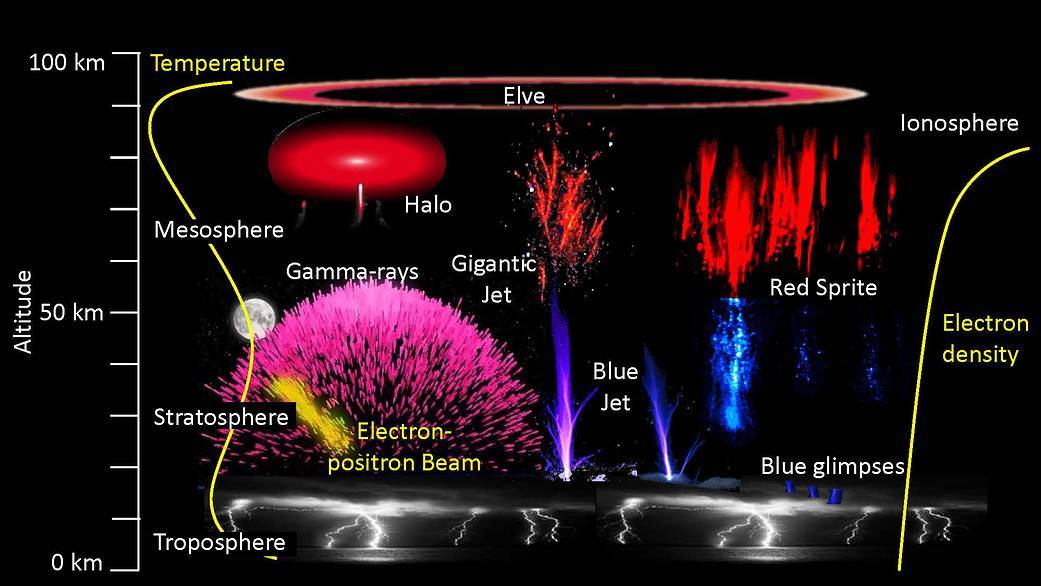
Metal Powder Fabrication
Our Sample Cartridge Assembly (MSL SCA-GEDS-German) experiment will determine underlying scientific principles for a fabrication process known as liquid phase sintering, in microgravity and Earth-gravity conditions.
Science term of the day: Liquid phase sintering works like building a sandcastle with just-wet-enough sand; heating a powder forms interparticle bonds and formation of a liquid phase accelerates this solidification, creating a rigid structure. But in microgravity, settling of powder grains does not occur and larger pores form, creating more porous and distorted samples than Earth-based sintering.
Sintering has many applications on Earth, including metal cutting tools, automotive engine connecting rods, and self-lubricating bearings. It has potential as a way to perform in-space fabrication and repair, such as building structures on the moon or creating replacement parts during extraterrestrial exploration.
Plants in space! It’s l[a]unch time!
Understanding how plants respond to microgravity and demonstrating reliable vegetable production in space represent important steps toward the goal of growing food for future long-duration missions. The Veggie Passive Orbital Nutrient Delivery System (Veggie PONDS) experiment will test a passive nutrient delivery system in the station’s Veggie plant growth facility by cultivating lettuce and mizuna greens for harvest and consumption on orbit.
The PONDS design features low mass and low maintenance, requires no additional energy, and interfaces with the Veggie hardware, accommodating a variety of plant types and growth media.

Quick Science Tip: Download the Plant Growth App to grow your own veggies in space! Apple users can download the app HERE! Android users click HERE!
Testing Materials in Space
The Materials ISS Experiment Flight Facility (MISSE-FF) experiment will provide a unique platform for testing how materials, coatings and components react in the harsh environment of space.
A continuation of a previous experiment, this version’s new design eliminates the need for astronauts to perform spacewalks for these investigations. New technology includes power and data collection options and the ability to take pictures of each sample on a monthly basis, or more often if required. The testing benefits a variety of industries, including automotive, aeronautics, energy, space, and transportation.
New Ways to Develop Drugs in Space
Microgravity affects movement and effectiveness of drugs in unique ways. Microgravity studies already have resulted in innovative medicines to treat cancer, for example. The Metabolic Tracking investigation determines the possibility of developing improved drugs in microgravity, using a new method to test the metabolic impacts of drug compounds. This could lead to more effective, less expensive drugs.
Follow @ISS_Research on Twitter for your daily dose of nerdy, spacey goodness.
Make sure to follow us on Tumblr for your regular dose of space: http://nasa.tumblr.com.



